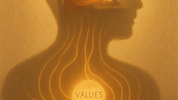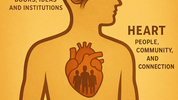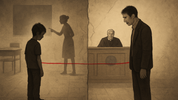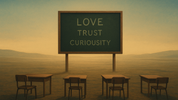A seven-year-old raises their hand in class, eager to share an idea. The teacher calls on them. They speak, and get it wrong. Children laugh. The teacher moves on without a word, or, worse still, laughs too. [This was me when I was seven]
In that moment, the child learns something far more lasting than the “right answer”:
- Being wrong is dangerous.
- Curiosity is risky.
- Safety lies in silence.
This is the Curriculum of Fear, and most of us have never graduated.
The Unspoken Lessons
Some of the most powerful lessons we learn are never formally taught.
From childhood to adulthood, we absorb a hidden syllabus:
- Competence matters more than curiosity.
- Approval is safer than authenticity.
- Mistakes are threats, not teachers.
This invisible curriculum shapes how we learn, lead, parent, and relate to one another long after we leave school.
The question is not: “What did you learn?” but “What did fear teach you?”
Where This Curriculum Came From
Fear-based learning didn’t emerge out of malice. It evolved from survival. Generations under pressure created systems that rewarded:
- obedience
- predictability
- performance
- emotional restraint
Not because people wanted to suppress potential, but because fear was the only tool they had.
What if the fear we learned wasn’t anyone’s fault, but the residue of generations doing the best they could with what they knew?
Still, the imprint lives inside us.
Fear and the Levels of Human Consciousness
Richard Barrett’s Levels of Consciousness help explain why fear feels so sticky.
- At Level 1 (Survival), our nervous system is oriented around safety, control, and avoiding harm.
- At Level 2 (Relationship), we fear rejection, disappointment, shame, and disconnection.
Together, these levels create a powerful internal lesson:
“Stay acceptable. Stay safe. Stay small.”
When entire cultures operate from these levels, the Curriculum of Fear becomes normalised, even valued.
The Fear Economy: What We Lose
Fear is efficient. It produces compliance. But it also:
- Shrinks imagination
- Numbs intuition
- Limits connection
- Suppresses authentic intelligence
Fear teaches us to rely on the head-brain alone, the part concerned with logic, performance, and prediction, while sidelining the heart-brain (emotion, meaning, compassion), and the gut-brain (intuition, courage, action).
When one “brain” dominates, our inner system loses coherence.
- Fear creates fragmentation.
- Freedom restores integration.
So what do we do?
- Do we accept that fear is the price of order?
- Or do we dare to imagine something else?”
Rewriting the Lesson Plan
Humanising education is not simply a structural change; it’s an emotional one.
Imagine environments, classrooms, workplaces, families, where:
- Curiosity is welcome
- Mistakes are treated as information
- Feelings are part of learning
- Permission matters more than pressure
- Each person is trusted to bring something unique
These aren’t fantasies. Montessori, Waldorf, Bhutan’s GNH approach, and schools across Finland and Scotland already model this.
Paulo Freire called this “education for liberation”, learning as a practice of awareness, dialogue, and dignity.
Modern UK reforms echo this:
- Scotland’s Hayward Review urges assessment rooted in wellbeing and reflection.
- England’s House of Lords report warns that exam-obsessed culture suppresses creativity and confidence.
Across these perspectives, a unifying truth emerges:
- Fear-based systems suppress potential.
Growth-based cultures awaken it.
From Fear to Freedom
The Curriculum of Fear lives not only in institutions, but in our habits, relationships, and self-perception.
Here are three invitations to explore its imprint within yourself:
1. Where do you quiet your curiosity in order to appear in control, and what does that silence cost you?
2. Where might you be guiding others through pressure rather than invitation, even unintentionally, because that’s how you were taught?
3. When you imagine getting something wrong, what outcome are you afraid of, and whose voice does that fear really belong to?
These questions are not about blame. They aim to raise awareness, the first step in overcoming fear.
Reflection: What Did Fear Teach You?
Take a moment to explore these three questions:
1. What story do you tell yourself about mistakes, and is it actually true?
2. When did you first learn that getting things wrong was unsafe, and does that old lesson still apply to your life today?
3. How has this fear protected you, and how has it quietly held you back?
Closing Thought
Every generation has unconsciously inherited the Curriculum of Fear, but we do not have to keep teaching it.
When we replace control with curiosity, correction with compassion, and compliance with connection, we begin to evolve not just education, but consciousness itself.
Because the deepest lesson in the Classroom of Humanity is this: Love teaches better than fear.
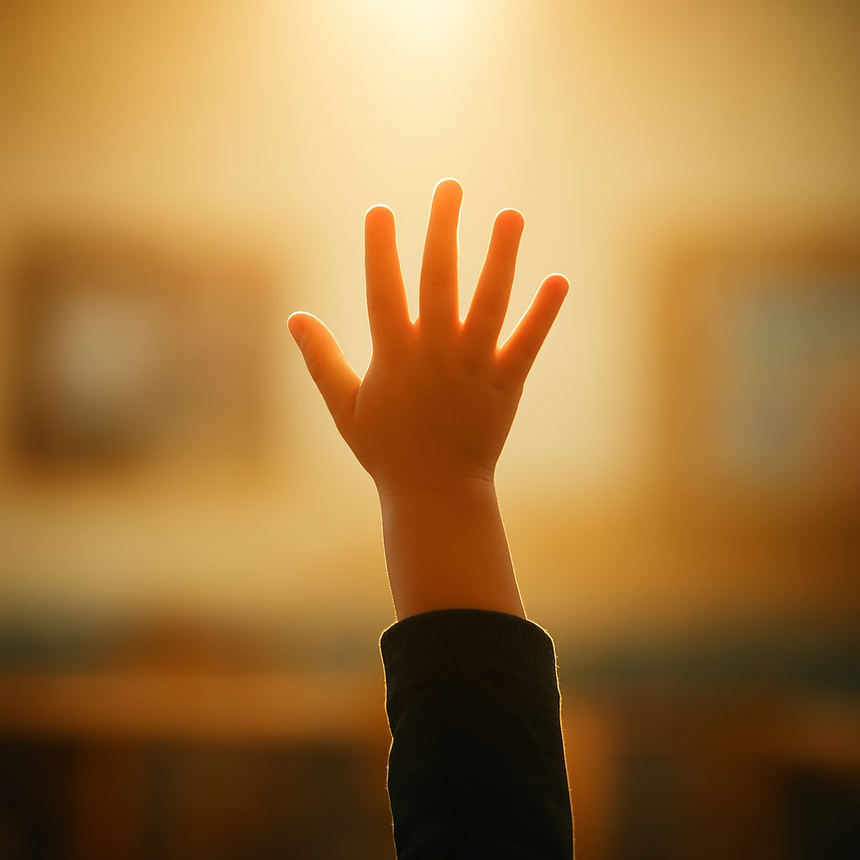 unknownx500
unknownx500

